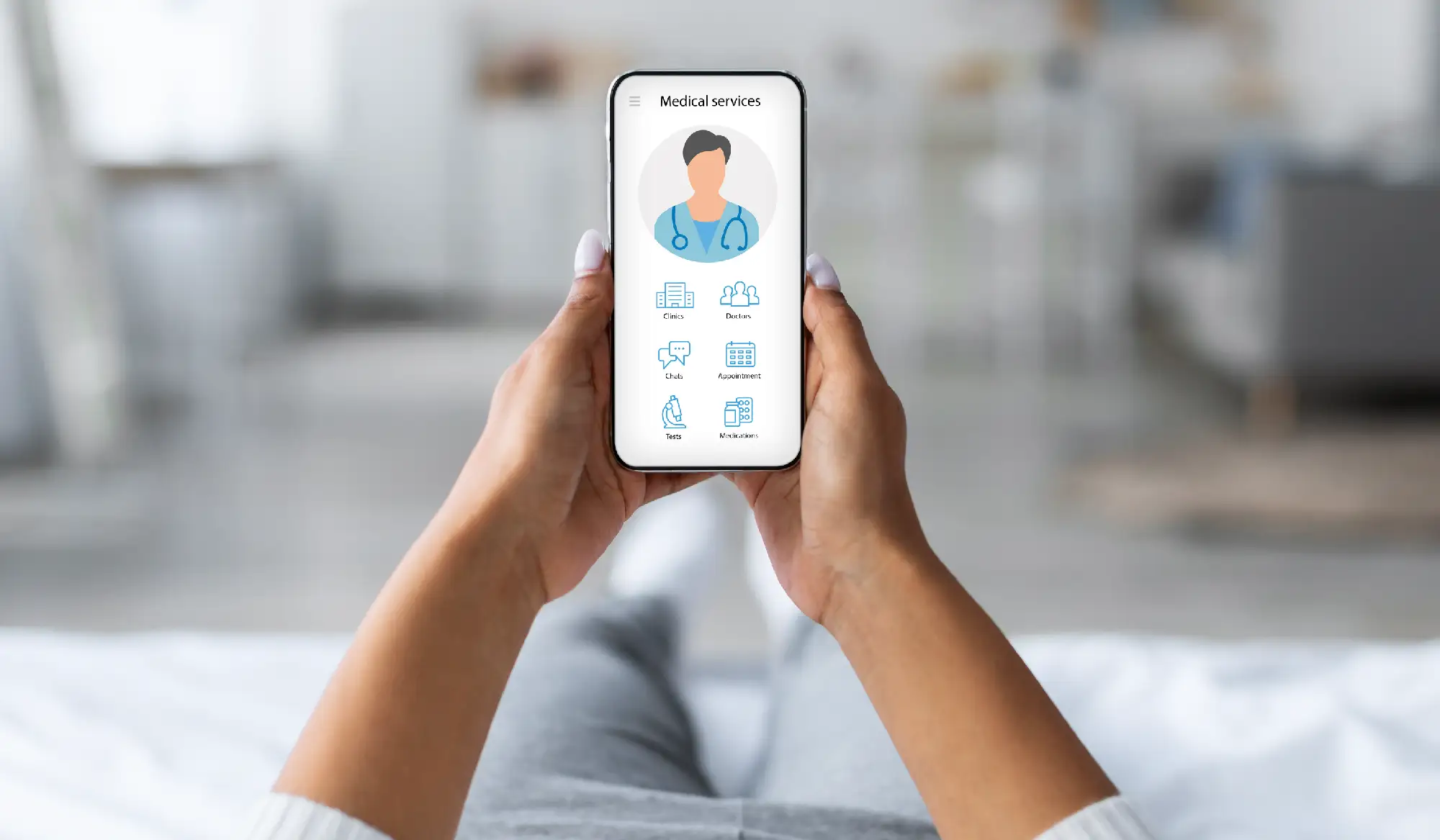Electronic Health Records (EHRs) have become a critical part of modern healthcare, offering a digital solution to streamline the management of patient information. Beyond improving the efficiency of clinical operations, EHRs play a significant role in enhancing patient outcomes. Here’s how EHRs are contributing to better care and more efficient workflows:
- Enhanced communication and coordination of care. EHRs centralize patient information, making it easily accessible to healthcare providers across various settings. This seamless flow of communication ensures that care is better coordinated, reducing the risk of medical errors and simplifying treatment plans. By having all relevant patient data in one place, providers can collaborate more effectively to deliver safe, comprehensive care.
- Better decision making with real-time data. EHRs offer healthcare professionals real-time access to patient data, including lab results, medications, medical histories, and imaging reports. This instant availability of information allows providers to make well-informed decisions more quickly, improving quality of care. EHRs can also alert providers to potential issues like drug interactions, allergies, or abnormal lab values, enabling timely interventions and prevention of adverse events.
- Streamlined administrative processes. EHRs help reduce administrative burdens for healthcare providers by automating routine tasks such as appointment scheduling, prescription refills, and billing. This efficiency allows providers to spend more time on patient care rather than paperwork. EHRs also streamline documentation, making it easier to track patients visits, treatments, and outcomes. This leads to more accurate and timely records, minimizing the risk of errors and improving overall clinical workflows.
- Data-driven insights for population health management. EHRs enable healthcare organizations to analyze broader healthcare trends by aggregating data from large populations. This allows providers to identify patterns and risk factors affecting groups of patients, helping to improve preventive care, manage chronic conditions, and implement targeted health initiatives.
- Improved patient engagement and education. Many EHR systems include patient portals that give patients direct access to their medical information, lab results, treatment plans, and educational resources. This access encourages patients to take an active role in their health, fostering a sense of ownership and accountability. With tools that allow them to track progress, patients are better equipped to understand their conditions and make informed decisions about their care.
- Reduced costs and improved resource allocation. EHRs help reduce healthcare costs by minimizing unnecessary tests, procedures, and hospital readmissions. With better access to accurate patient information, providers can make more precise diagnoses and treatment decisions, leading to fewer costly interventions. The efficiency of EHRs also allows healthcare organizations to allocate resources more effectively, resulting in cost savings and a more efficient use of healthcare services.
EHRs have transformed healthcare by improving communication, enabling real-time decision making, and empowering patients to take an active role in their care. By reducing administrative burdens, enhancing clinical workflows, and facilitating population health management, EHRs contribute to greater clinical efficiency and better patient outcomes.



